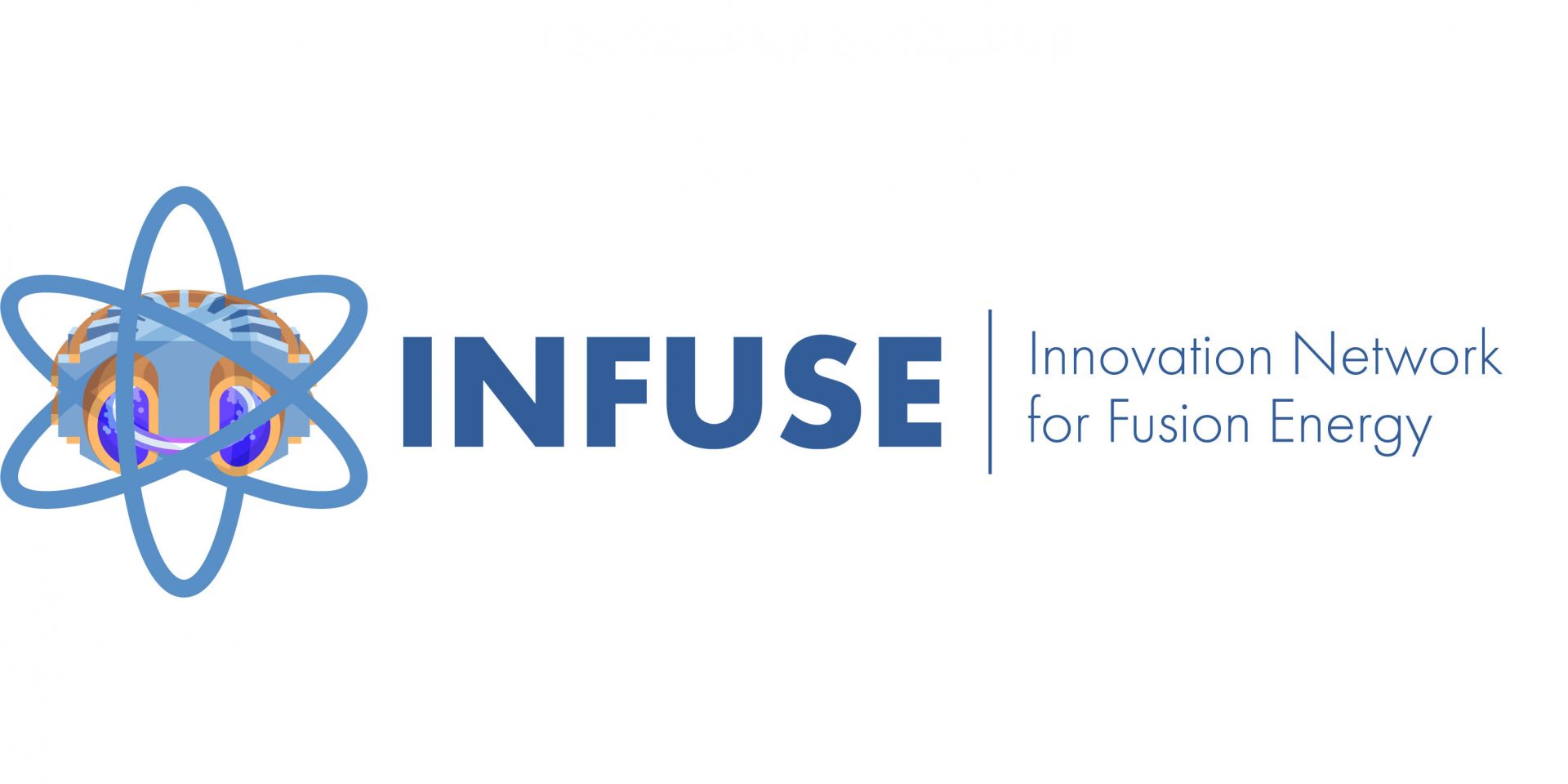Three fusion newcomers in latest batch of public-private INFUSE awards

The Department of Energy yesterday announced 17 awards totaling $4.6 million for projects at private fusion companies in cooperation with U.S. national laboratories and universities through the Innovation Network for Fusion Energy (INFUSE) program. Each one- to two-year award ranges from $100,000 to $500,000.
Of the 12 private fusion companies named, three are first-time INFUSE recipients: Blue Laser Fusion (inertial fusion), ExoFusion (magnetic tokamak fusion), and Marathon Fusion (hydrogen fuel processing technology). Marathon’s INFUSE partner—the Colorado School of Mines—is also new to the INFUSE program.
The 17 projects just announced for fiscal year 2024 funding—the only INFUSE funding round of 2024—include research in materials science, modeling and simulation, and enabling technologies to help private companies move toward fusion energy. The competitive, peer-reviewed selection process was managed by the INFUSE leadership team at Oak Ridge National Laboratory and Princeton Plasma Physics Laboratory.
Parsing the new awards: As mentioned above, the 17 projects include awards to 12 different private companies, but they also include a first-time award to the Electric Power Research Institute—an organization that is not itself a fusion technology developer. Companies nabbing more than one award were Commonwealth Fusion Systems, Focused Energy, General Atomics, and Realta Fusion.
The awards pull in researchers from five national laboratories and five universities to collaborate with private companies. ORNL is participating in five projects, Savannah River National Laboratory in three, and Idaho National Laboratory in two. Lawrence Berkeley National Laboratory and PPPL are named in one award each.
To date, 108 INFUSE awards have been announced over nine funding periods, beginning in 2019. ORNL announced July 10 that the FY2025 INFUSE RFA (request for assistance) is anticipated in December.
Read more about fusion public-private partnerships in this article from the July 2024 issue of Nuclear News.
Fusion energy in the U.S.: INFUSE aims to accelerate fusion energy development in the private sector by reducing impediments to collaboration between business and national laboratories or universities. So it fits right in with the DOE Fusion Energy Strategy 2024, announced June 6 during a White House event cohosted with the DOE that also included an announcement about specific public-private partnership programs two years after the administration launched the U.S. Bold Decadal Vision for Commercial Fusion Energy in March 2022. The DOE has a new plan for the Office of Science’s Fusion Energy Sciences (FES) program—Building Bridges: A Vision for the Office of Fusion Energy Sciences—intended to guide DOE investments in fusion energy research, development, and demonstration.
“The selections today showcase our continuing commitment to the fusion industry in the U.S. and our goal to share widely unique capabilities at national laboratories and U.S. universities,” said Jean Paul Allain, DOE associate director of science for FES. “Partnering with businesses and working together is a win-win for our fusion industry, the DOE, and the nation.”
The new awards: The full list of planned awards can be found under “Latest Topical Funding Opportunity Awards” on the FES website. Full abstracts for each project are available on the INFUSE website.
- Blue Laser Fusion and the California Institute of Technology—“High Energy Pulsed Laser Amplification Using Optical Enhancement Cavities.”
- Commonwealth Fusion Systems and ORNL—“In situ Elemental Analysis of Fluoride Molten Salt Using Laser Induced Breakdown Spectroscopy (LIBS).”
- Commonwealth Fusion Systems and ORNL—“SOLPS-Derived Separatrix Operating Space Scalings for Informing SPARC Integrated Power Exhaust Scenarios.”
- EPRI and SRNL—“Building a Tritium Facility Operating Experience Body of Knowledge to Support Commercial Fusion Power Plant Safety Case Development and Licensing.”
- ExoFusion and Pennsylvania State University—“Testing Novel Liquid Metal PFC Compositions.”
- Focused Energy and SRNL—“Tritium Handling System Assessment for Proton Fast Ignition.”
- Focused Energy and University of Rochester—“Mitigation of Cross Beam Energy Transfer and Hot Electrons by Laser Spectral Bandwidth.”
- General Atomics and INL—“Metal ‘Film’ Pump for Direct Internal Recycling of Fusion Fuel.”
- General Atomics and ORNL—“Developing Matter Injection Technologies for Fusion Power Applications.”
- Kyoto Fusioneering America and INL—“Isotopic Characterization of Li-6-enriched Lithium-Lead Samples under Neutron Irradiation.”
- Marathon Fusion and Colorado School of Mines—“Testing of Engineered Membranes in Fusion-Relevant Metal Foil Pumps.”
- Realta Fusion and LBNL—“Efficient Neutral Beam Injection for Mirror Fusion Reactors.”
- Realta Fusion and ORNL—“Are Magnetohydrodynamic Forces Low Enough to Enable Single Coolant Lead Lithium Blankets in Tandem Mirror Reactors?”
- TAE Technologies and PPPL—“Validation of Kinetic Models of FRC Stability against C-2W Experiment.”
- Tokamak Energy and ORNL—“Development of Advanced, Oxidation-Resistant Vanadium Alloys for Fusion Blanket Applications.”
- Type One Energy and Florida State University—“High Temperature Superconducting Cable Testing and Optimization for Stellarator Fusion Applications.”
- Xcimer Energy and SRNL—“Tritium Extraction from FLiBe Blankets Using the CoRExt Process.”

